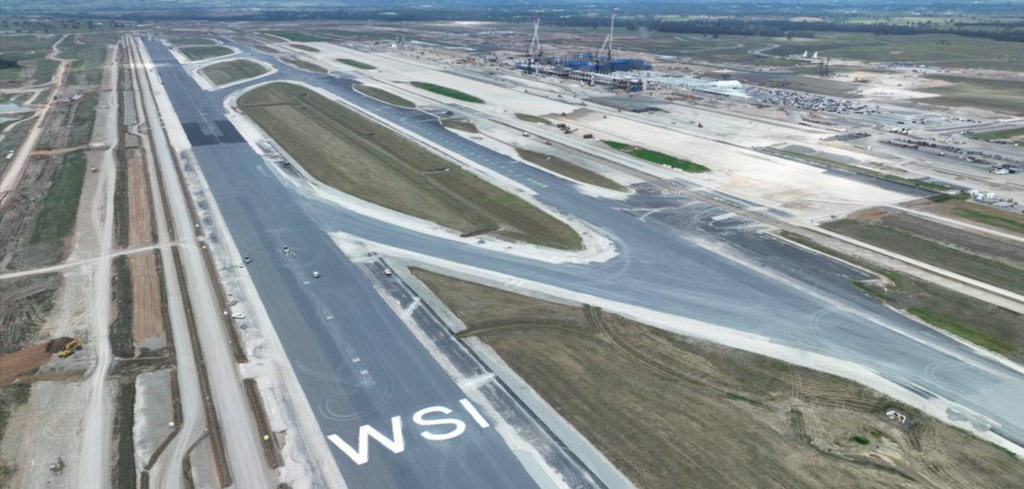The International Air Transport Association (IATA) has assigned the three-letter code ‘WSI’ to Western Sydney International (Nancy-Bird Walton) Airport in Australia more than three years ahead of opening.
Airports are usually given their codes within 12 months of the start of operations. According to WSI, this early action reflects the confidence of the international airline industry body in the airport’s progress and its importance to Australia’s aviation landscape. The airport also asserted that has already invested around A$400m (US$269m) with Western Sydney businesses and that its creation means not only more jobs in the west but also better, higher-paying jobs that have traditionally only been found in Sydney’s east.
Western Sydney International is on track to open to international, domestic and air cargo services in late 2026. The digitally enabled airport is expected to have 24/7 operations and increase the region’s aviation capacity. As a result, both Qantas Group and Virgin Australia were among the advocates that wrote to IATA requesting early designation of the WSI code for Western Sydney International Airport.
Paul O’Sullivan, chair of Western Sydney International Airport, said, “This will be an airport for all of Sydney, ultimately growing to become the city’s biggest, but we’re proud that it is home in Western Sydney. Western Sydney is truly Sydney’s cultural heartland and with WSI now confirmed as one of our most important global identifiers, our role in connecting the world to Sydney via this exciting and diverse region is clear.
“This is an airport that communities across Western Sydney will be proud of, driving record investment in transport, job training and social infrastructure across the region, meaning that communities have access to the best. People’s children and their children will have access to great jobs in the west. If their interest is in engineering, cyber and other security, sustainability, aviation or many other jobs of the future, the opportunity will be here in Western Sydney.”
Read more regulation and policy updates from the passenger terminal industry, here.

